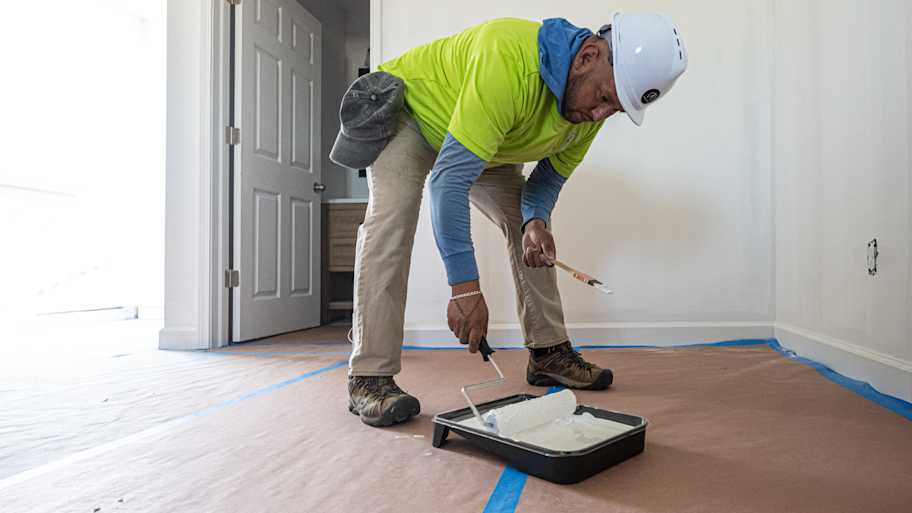How Much Does Interior Paint Increase Home Value?
A fresh coat of paint can brighten up your home’s value


Home Value Rating: 5/5
Interior painting is top-tier—hiring a pro is worth every penny here.
The average return on investment (ROI) for interior painting is around 107%, which can add anywhere from $2,140 to $16,050 in resale value or more.
The size of your home and the quality of the paint and workmanship can affect ROI.
A fresh coat of interior paint can take your home from looking dated and run-down to refreshed and appealing. But is it worth the cost when it’s time to sell? In most cases—yes, interior paint provides an average ROI of 107%, adding an average of $2,140 to $16,050 to your selling price. Painting your home’s interior before putting your house on the market can not only add value but make it easier to sell, too.
Factors That Influence Interior Paint Value

Simply changing paint color might not seem like it can affect your home’s value, but depending on a few key factors, investing in interior painting could be well worth it.
Size
Both the size of your home and the size of individual rooms will have an effect on the cost of your interior painting project. Painting larger rooms, rooms with very high ceilings, and open-plan homes with rooms that run into one another can be a big challenge. Many buyers will appreciate seeing a fresh coat of paint as they know they won’t have to put in the effort or money themselves.
| House Size (Sq. Ft.) | Average Cost |
|---|---|
| 1000 | $2,000–$6,000 |
| 1500 | $3,000–$9,000 |
| 2000 | $4,000–$12,000 |
| 2500 | $5,000–$15,000 |
Wall Condition
If your walls aren’t in great shape, trying to sell your home can be quite a challenge. Stains, dings, marks, worn spots, and more can make your walls—and, by extension, your house—look shabby and neglected. Painting the interior with the right type of paint erases those blemishes and provides a clean blank canvas buyers can see themselves decorating.
"Paint warranties cover defects like peeling, blistering, or cracking for a specified period, often 2-5 years. It's essential to read the fine print, as coverage may vary based on the type of paint, application method, and environmental factors."
— Gregory Pittman, Director of Commercial Painting Services at Five Star Painting
Current Trends
If your walls are still sporting the color of the year from a decade ago, your house can look dated and passé. Refreshing them with a more popular paint color can de-age your home and make it more appealing to buyers. Even just investing in the cost to paint an accent wall a popular color can update your home’s style.
DIY vs. Hiring a Pro
A pro paint job not only saves you time, energy, and a lot of paint splatter, but it can make a big difference when it comes to the value of your interior paint job. Hiring a painter means the prep, application, and clean-up will be done right and you’ll be left with a professional-quality result. Call a local interior painter for a quote and ask what’s included in the estimate.
How to Estimate the Added Value of Interior Paint
While painting your home’s interior carries a lower price tag than other renovation and remodeling projects, it’s still a significant investment. It’s important to know how it can affect your home’s value. Here are some things to consider to estimate the added value of painting your home:
Check out the market competition. If yours is one of multiple similar homes on the market, fresh paint can make you stand out—and may make buyers willing to pay a little more.
Consider your home’s age. An older home needs a little more work to avoid looking outdated. Investing in the cost of interior paint can keep your home’s value from dropping because it looks its age.
Ask your real estate agent. Before committing to repainting, ask your agent if they think investing in new interior paint will help you get the price you want.
Cost of Interior Paint
Painting the interior of your home costs an average of $2 to $6 per square foot. Painting a single room can cost anywhere between $150 and $2,000, so the cost to paint a bathroom will be significantly less than painting a living room or large bedroom. Painting a whole house can cost between $2,000 and $15,000, depending on the size of your home.
Since interior painting offers an ROI of around 107%, spending $8,000 for a fresh coat of paint can add around $16,500 to your home’s resale value, so you’ll recoup your investment and then some.
Is Interior Paint Worth It?
With a more than 100% ROI, interior painting is worth the investment. New paint refreshes your home’s look, updates its style, and erases years of wear with the stroke of a roller. Real estate agents often advise their clients to paint their homes before selling because they know they’ll make the investment back when the offers start coming in.
| Pros | Cons |
|---|---|
| Looks updated and well-kept | Can be expensive |
| Acts as neutral backdrop for buyers | Requires extensive prep |
| Removes signs of wear | May lack character or style |
How Angi Gets Its ROI Data
Home is the most important place on earth, which is why Angi has helped more than 150 million homeowners transform their houses into homes they adore. To help homeowners maximize the value of their investments, we gather ROI data from reputable sources, including industry reports, real estate studies, and interviews with market experts. We calculate the average resale value for projects by multiplying the ROI against the project’s average cost according to our cost data, which is sourced from thousands of real Angi customers.
Want to help us improve our data? Send us a recent project quote or home appraisal value to costquotes@angi.com. Quotes and personal information will not be shared publicly.
Frequently Asked Questions
Both interior and exterior paint add value to your home, but exterior paint may have a higher ROI when it comes time to sell. Houses with more curb appeal fetch higher prices overall, and a fresh coat of paint can go a long way toward making a great first impression.
Using a neutral paint palette is the best way to help your house appeal to a wide range of buyers. Think beyond bright whites and overexposed grays, though—taupes, ivories, and off-whites can add visual interest without looking too stark.
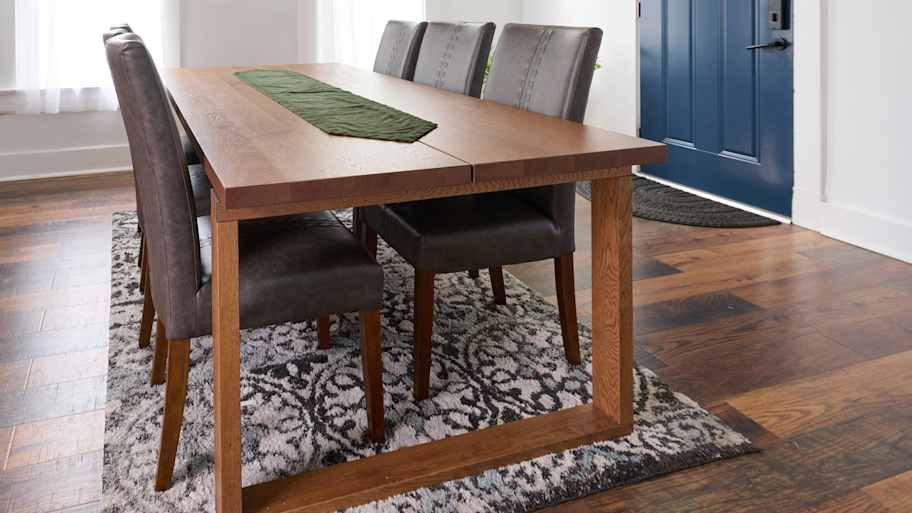

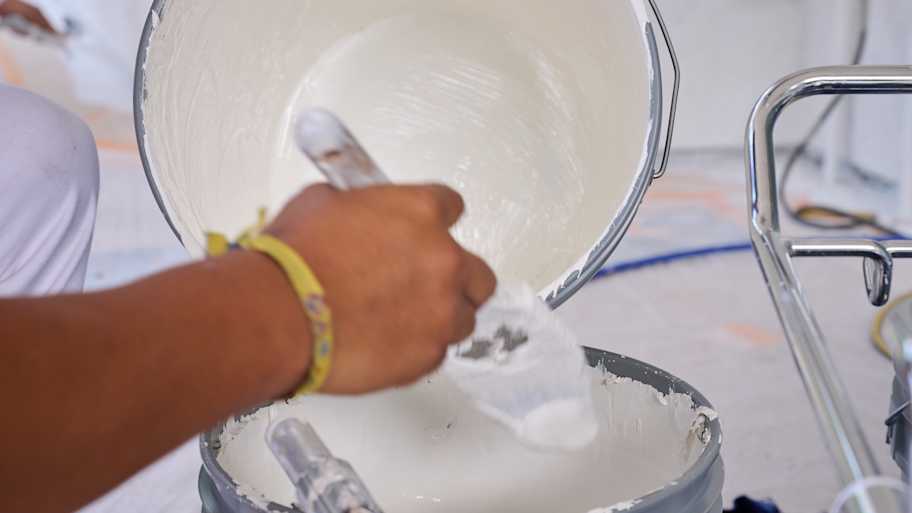
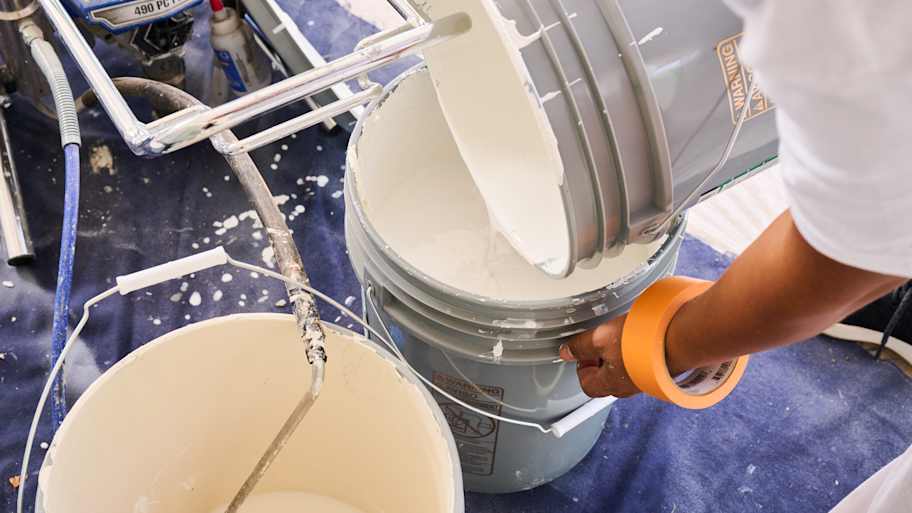
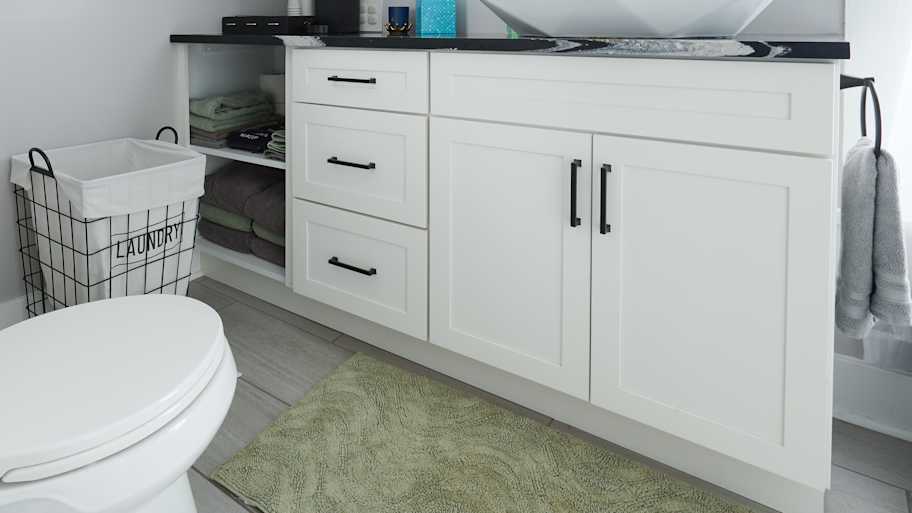
- When Is the Best Time to Paint Indoors? A Helpful Guide
- 10 Common Painting Mistakes Homeowners Should Avoid
- 11 Painting Tips and Techniques for Your Home Painting Project
- Does a New Roof Increase Home Value? Here’s What to Know
- How Much to Charge for Painting Jobs Big and Small: A Pricing Guide for Pros
- 34 Modern Upgrades That Add Value to a Home
- 10 Benefits of Exterior Painting and Staining
- When Is the Best Time to Paint Your House Exterior?
- How to Paint a Bathroom Step-by-Step
- How to Paint a Door and Give It New Life



